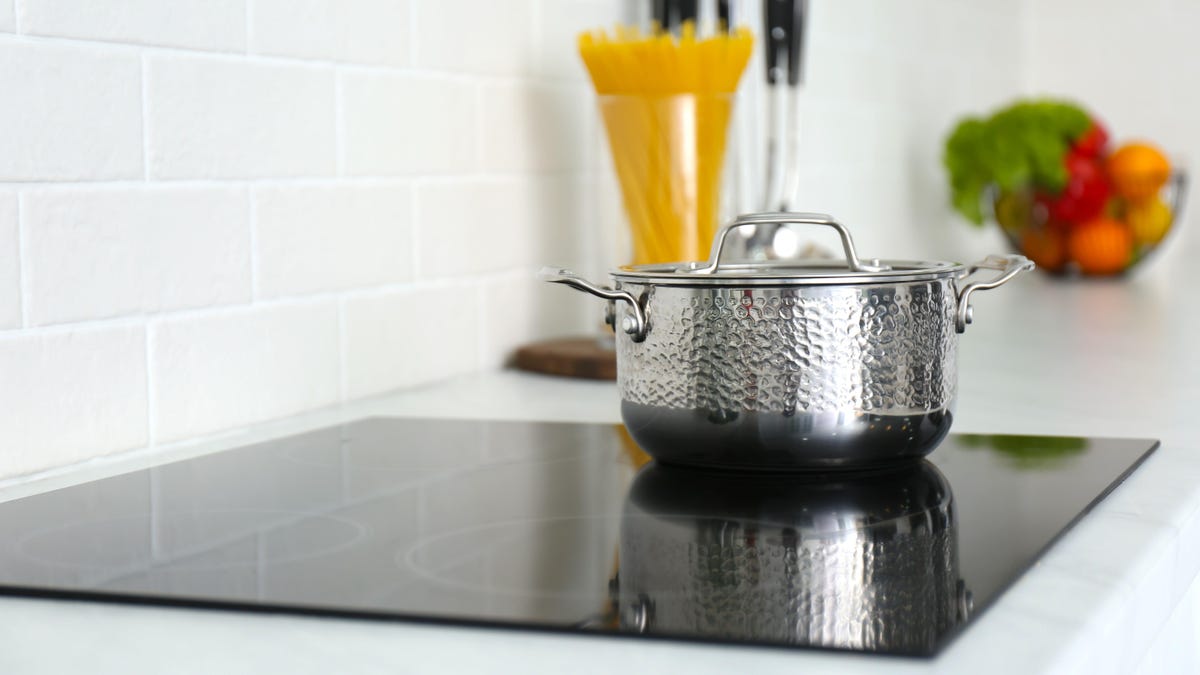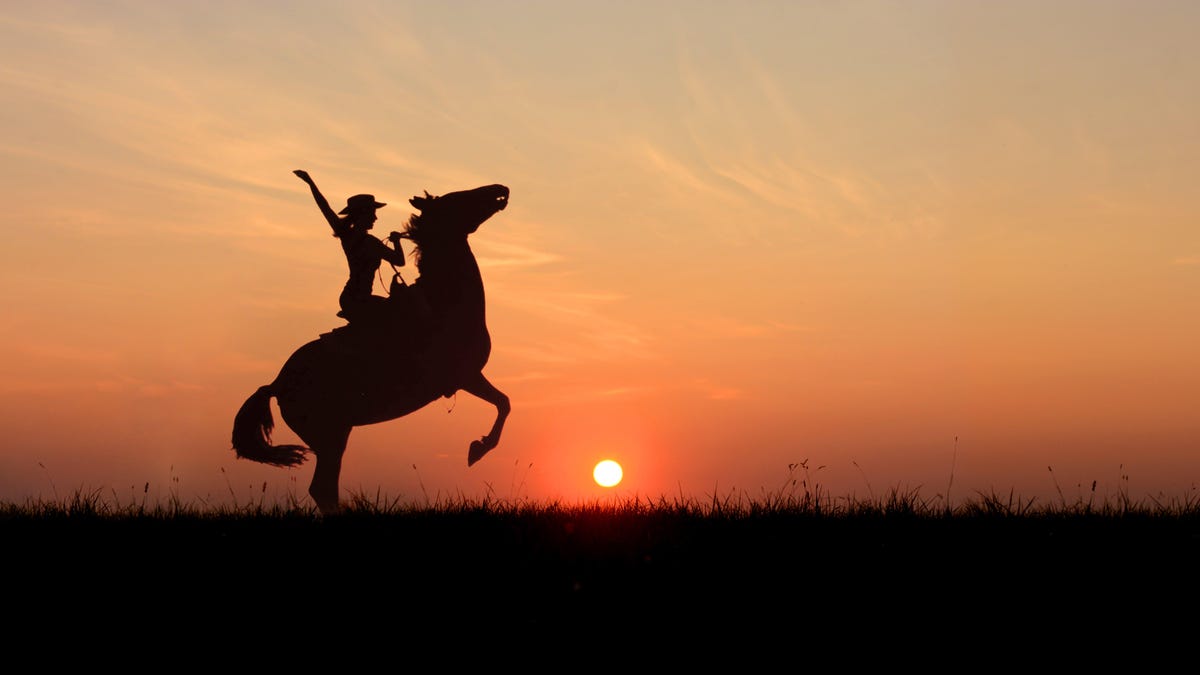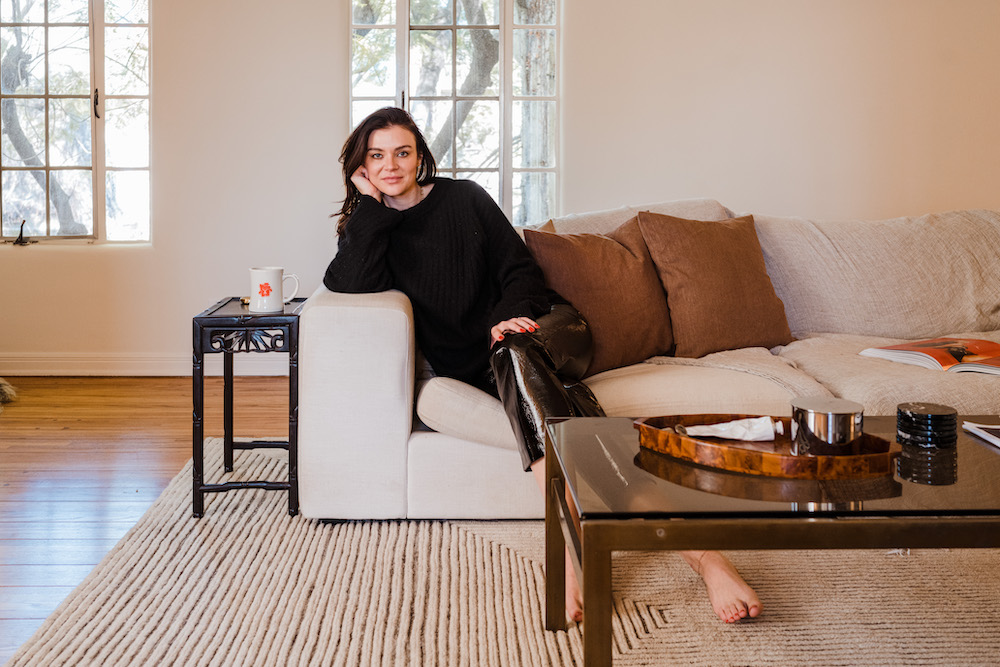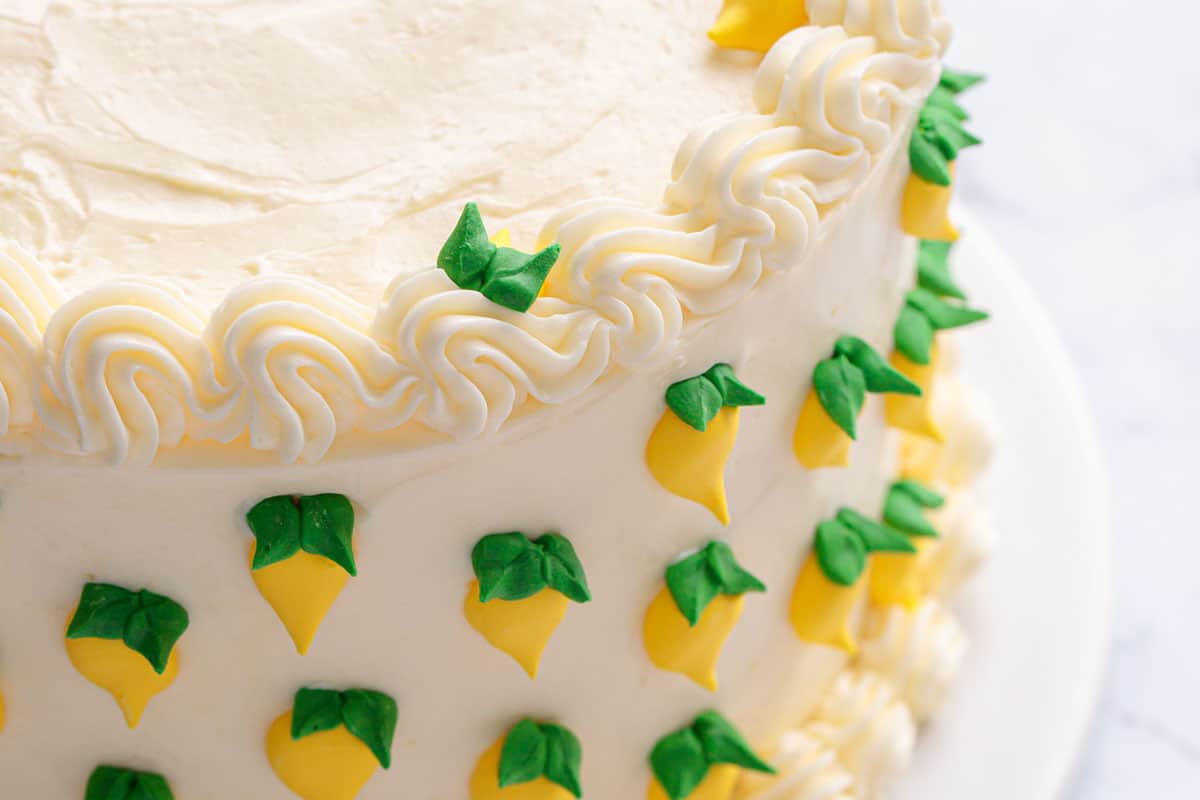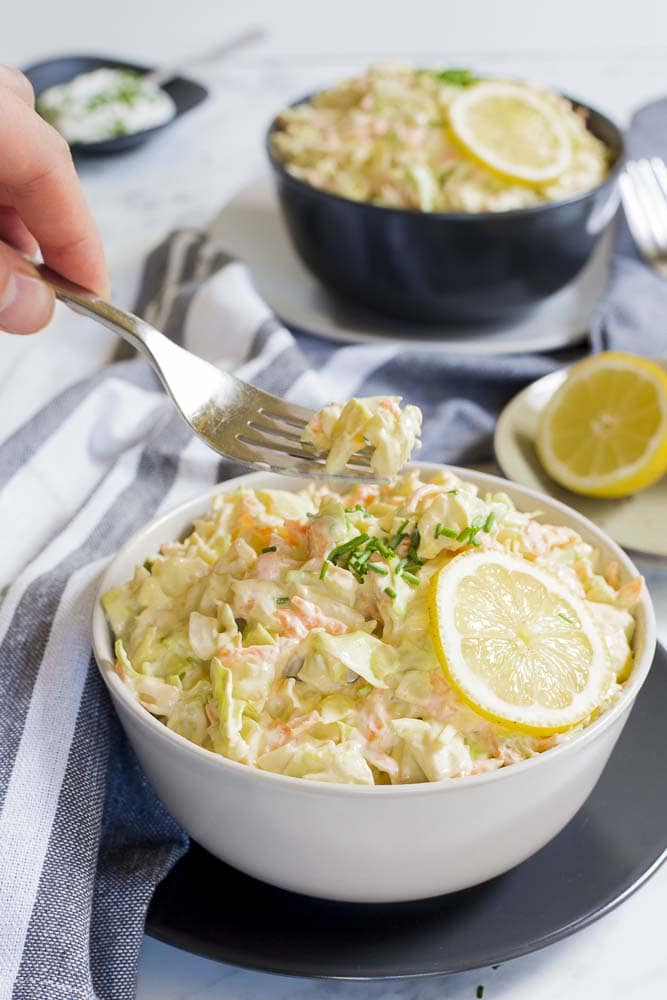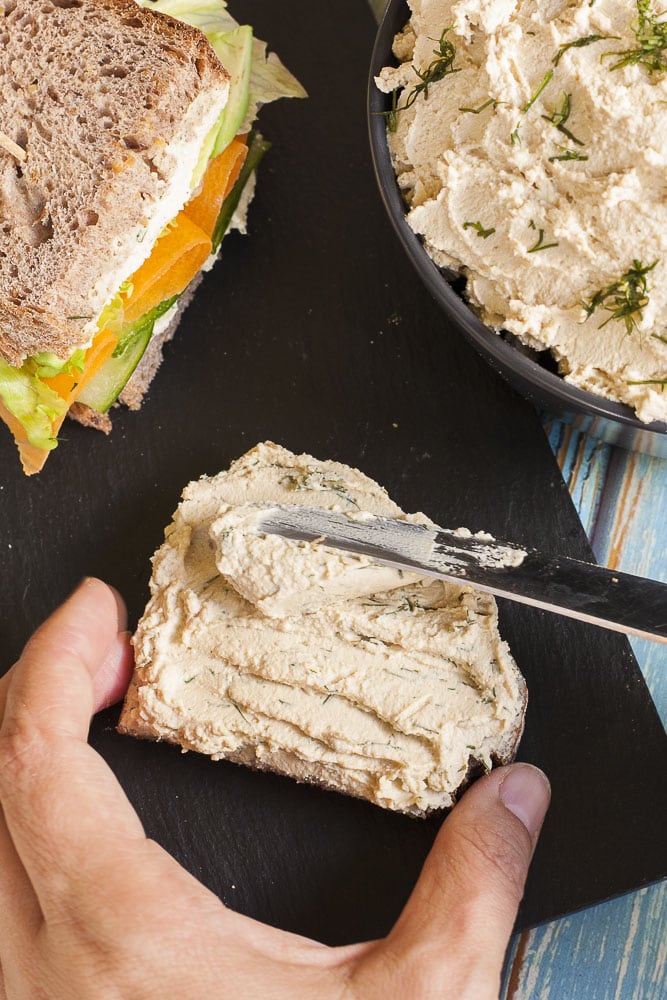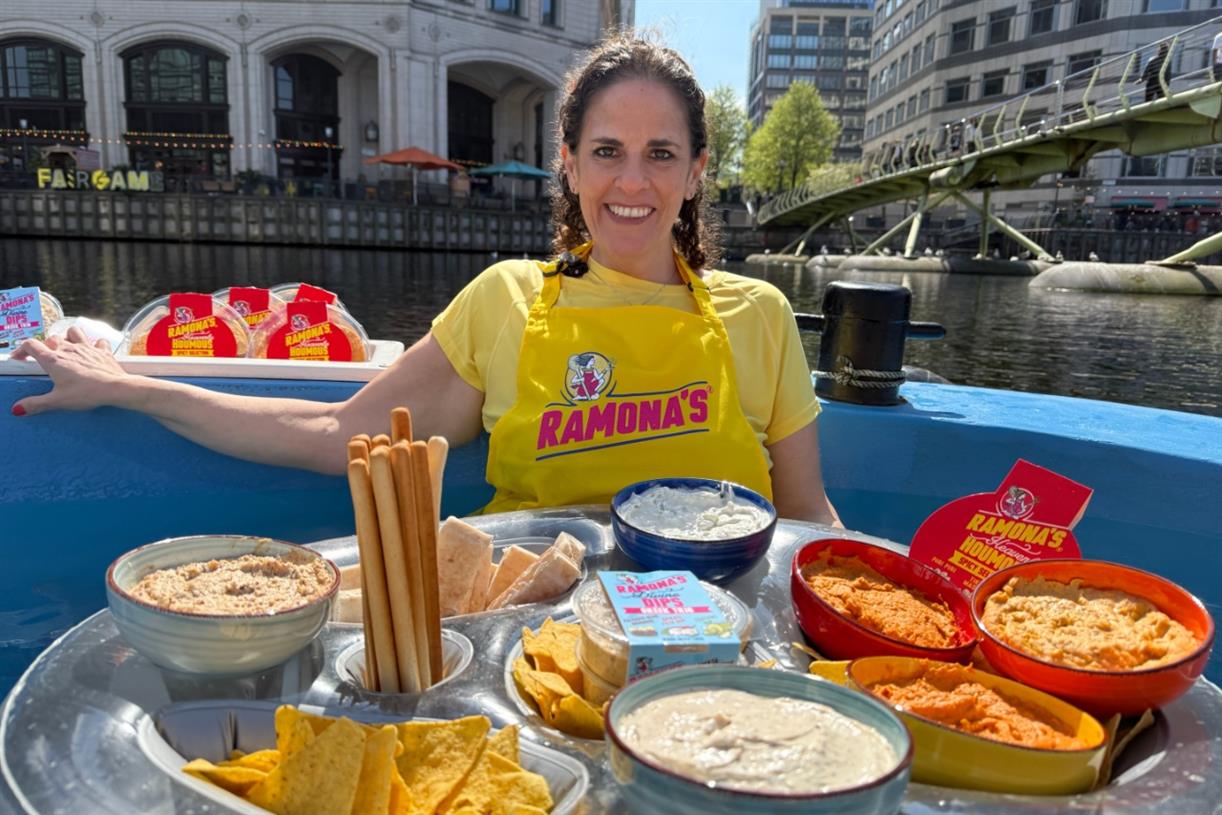How creating art on holiday could help with anxiety, stress and burnout
Art has been used in mental health treatment for decades. Now it’s coming to a wellbeing retreat near you, says Lucy Thackray
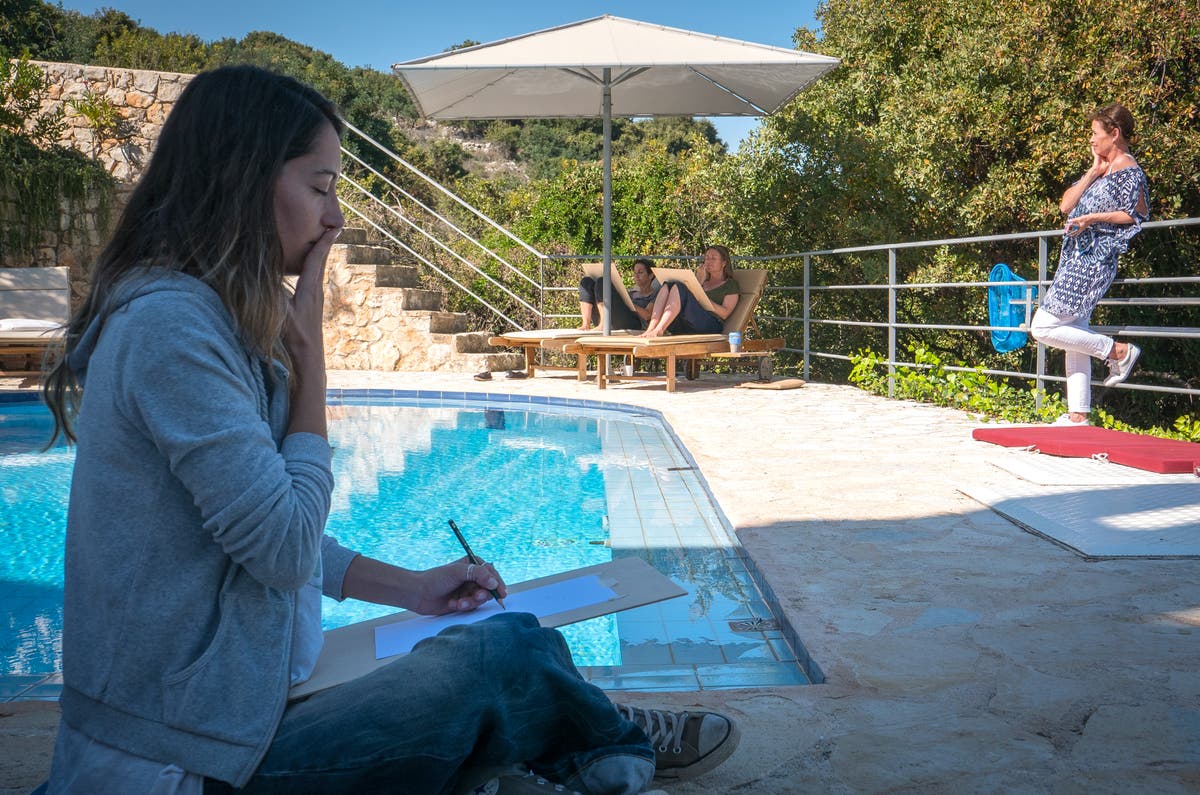
In The Independent’s travel trends column, Trendwatch, we dig into the types of trip, modes of transport and top buzzwords to watch out for.
This spring, an explosion of articles riffing on the theme “Are we experiencing burnout or is this just life now?” splattered across the UK’s media. Theories surfaced around pandemic PTSD, work/life ennui and a culture increasingly impacted by the rising cost of living. As such, a holiday became not just a break from the nine-to-five, but an opportunity for some serious soul-soothing.
Wellbeing-focused retreats are a fantastic little corner of the travel scene: from high-profile yoga and meditation breaks to cooking, language or novel-writing camps, they’re not merely a holiday, but a chance to try for reflection and self-improvement. Many crop up in the shoulder travel seasons of spring and autumn, and the often quiet period around October or November is a great time to take one. On the rise this year is a new generation of art-themed breaks – not aimed at taking in galleries or learning about art, but making it. And research shows they could help boost your mental health.
Germany’s Buchinger Wilhelmi spa resort, a haven of wellness on the country’s Lake Constance, has launched four annual Art Week retreats, with autumn’s falling 9-16 October and a winter break scheduled for December. Art teacher and lecturer Joanna Klakla leads sessions designed “to ignite the individual artistic expression of each attendee – in turn, allowing them to benefit from its therapeutic effect – with benefits ranging from improved cognitive and sensorial function to increased emotional resilience”.
Meanwhile, lavish Marrakech hotel Royal Mansour has opened a dedicated “Atelier d’Artiste” studio in a lush greenhouse, where guests can book in for art therapy sessions, including pottery, photography, calligraphy, land art and embroidery, led by art therapists. And Swiss wellness hotel Burgenstock Waldhotel, on Lake Lucerne, has its own painting studio where guests are encouraged to paint mandalas, a meditation technique derived from Buddhist practices.
Artful Retreats guests at Bleverde Estate, Crete
(Artful Retreats)
Art has been used in conjunction with mental health therapies since the 1940s, following a movement started by British artist Adrian Hill, and studies have found it can ease the symptoms of depression, anxiety and stimulate mental function. Creating art has even been found to decrease pain and symptoms of stress in cancer patients; while there’s evidence that therapies using art and music can reduce the length of hospital stays.
According to the mental health charity Mind, art therapy can help people “communicate feelings or thoughts they find difficult to talk about, look at a problem or situation in a new way, explore difficult or painful experiences, and understand themselves better”.
Art is a beautiful and powerful tool to help express things that you cannot rationalise
Penelope Orfanoudaki
“Art is a beautiful and powerful tool to help express things that you cannot rationalise,” says Penelope Orfanoudaki, who runs Artful Retreats with her business partner, Romny Vandoros, in Crete. She says creating and discussing art can help open up and speed the process of coming to terms with something, or dealing with a situation, from grief to burnout.
The qualified art therapists met on a training course in Singapore – Penelope after experiencing burnout herself, in a heavyweight corporate job – and now run four annual four-to-six-day art therapy breaks in Crete. Guests stay in a luxury poolside villa complex, Bleverde Estate, with yoga sessions, food, art materials, drinks and guided tours around the area thrown in.
The Atelier D'Artiste greenhouse at Royal Mansour, Marrakech
(Royal Mansour)
At first, they say, retreat-goers tend to go through a period of frustration, self-judgement and trying to be technically correct with their paintings and creations. Then, they get into a kind of flow; “and this is where the magic happens”.
“There are three layers: the art therapist gives a directive, the guests go out and make the art, and then we come together and the group discusses it,” explains Penelope. This isn’t to psychoanalyse the painter or draw conclusions from their art, she emphasises, but “for self-reflection and observation”, as well as allowing the group to connect.
“Being in a group, you then get that lovely synergy of what other people observe.” She says it’s a myth that you have to have some established art skills in order to get something out of an art therapy retreat. In fact, she says, the opposite is true: “The less skill somebody has actually, the better it is, because it has a less judgemental quality”. When they’ve had trained artists involved, she adds, they sometimes have to get over the hurdle of their own perfectionism before they can create freely in a more therapeutic way.
The less skill somebody has actually, the better it is, because it has a less judgemental quality
Penelope Orfanoudaki
There’s a huge span of reasons that people book one of the pair’s retreats. They issue guests a form ahead of the trip so they can be sure it will be of use to each person. “We’ve had guests saying, I want to retire but I’m not sure what that looks like. People dealing with bereavement and loss, or physical health issues, relationship issues,” says Romny. “Or simply to give themselves some time – we recently had a woman expecting a baby who wanted to devote some time to herself.”
Artistic travels are on the rise in general, too. Outside of a structured retreat, hotels the world over are embracing resident artists who can help guests while away a mindful hour or two painting or creating. St Lucia hideaway Anse Chastanet has twice weekly sessions with local painter Naja Misaki Simoen (known in the art world as Sakey) free to guests, who have their paintings uploaded to the hotel’s virtual gallery.
In Italy, villa specialists Tuscany Now & More can arrange for an instructor at the Florence Academy of Art, Tanvi Pathare, to meet you at your villa for a two-day art retreat. Closer to home, Cornwall’s Mullion Cove is hosting a series of five-night Sea Scape Painting Holidays with tuition from local artists, who take amateur painters around some of the area’s most beautiful coves in order to capture them in artworks.
Wildlife artist Sarah Stokes is combining mental health, woodland walks and art journalling
(Sarah Stokes)
For gallery artist Sarah Stokes, it was mid-pandemic nature walks in a local swathe of woodland, Arley Arboretum, that sparked her series of UK art and wellbeing retreats. Strolls with her neighbour, qualified mental health nurse Lynne Hughes, led the two to chat about how forest-based art sessions could benefit people looking to get out of the daily grind or immerse themselves in nature. Full of enthusiasm for the benefits of art and nature, they set about planning a series of Worcestershire retreats for autumn 2022.
It’s about making a mess, using different sides of the brain and problem solving
Sarah Stokes
Sarah and Lynne’s retreats are less about deep emotional reflection and more about mindfulness, being present and immersion in nature. “Every morning we’ll do a session of mindfulness and gratitude. Then out into the woods foraging, really taking time to listen, feel and observe. Then once everyone’s got bits and pieces to include in their artwork, we’ll have a spot of lunch; then I’ll be teaching them all about art journalling,” she explains.
The demand for retreats has been so high that Sarah is taking her art skills to South Africa next. She’s pairing with luxe private lodge The Homestead in Kariega Game Reserve, near Port Elizabeth, to run a wildlife art journalling retreat in May 2024, where walks and art sessions will be mixed with yoga classes by the pool.
Rather than aiming for perfection, she says, her retreats are “more about observing, drawing freehand and the process of art; but also making a mess, using different sides of the brain and problem solving.” Her clients will put foraged leaves and feathers into the journal, along with sketches and paintings. “It’s a bit like looking at clouds,” she says. “Let’s make a mess, then see what we can see in that mess.”

 Kass
Kass 









